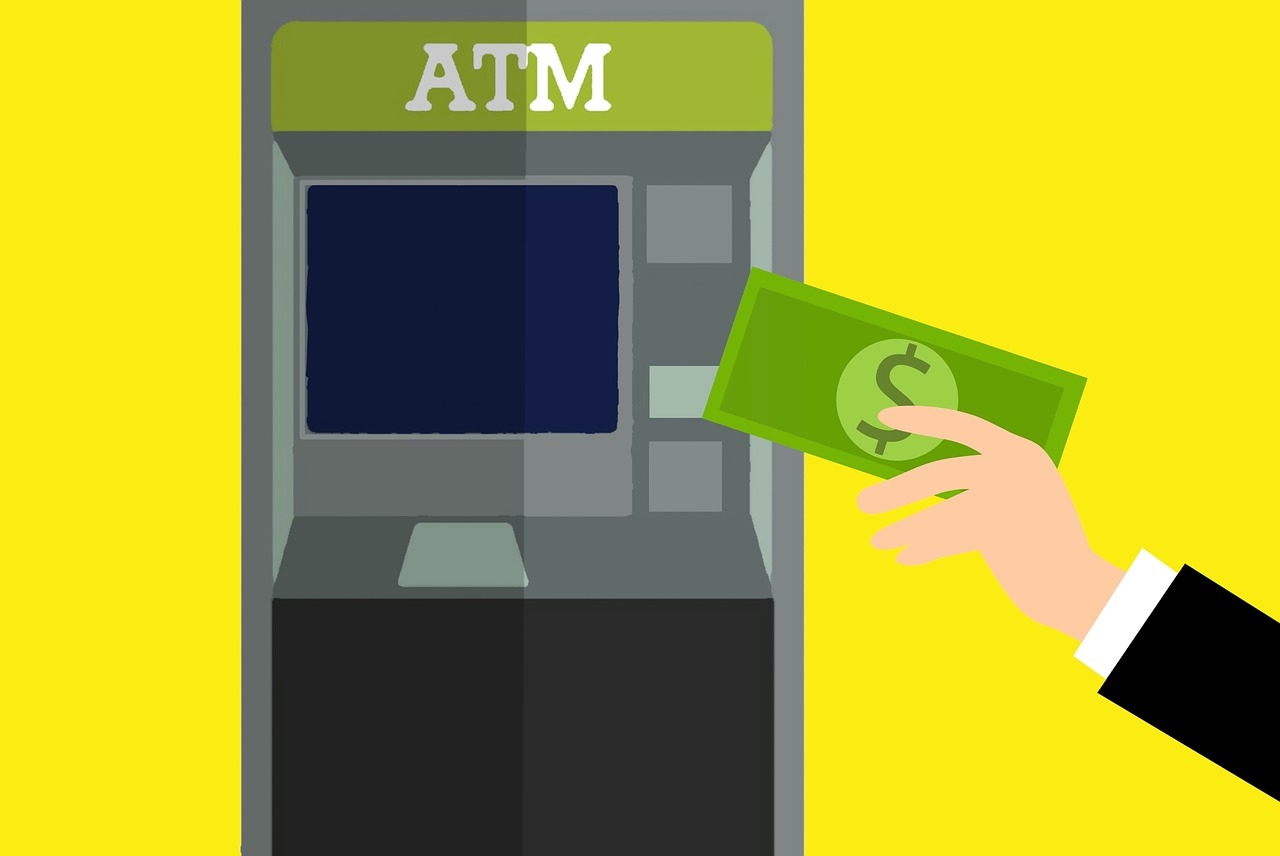Your Comprehensive Guide to Locating and Utilizing Chase ATMs
In today’s fast-paced world, convenience is critical when managing your finances. Chase Bank understands this need and offers a widespread network of ATMs to make accessing your funds more accessible. Whether you’re a Chase customer or just looking for a fee-free option, finding a Chase ATM nearby is simple and efficient. In this guide, we’ll walk you through the various methods available for locating Chase ATMs, highlight their advantages, and provide tips for utilizing them effectively and securely.
Methods for Locating Chase ATMs
- Chase Mobile App: The Chase mobile app is one of the most convenient ways to find a Chase ATM. Download the app, log in to your account, and use the ATM locator feature to find nearby machines. The app provides real-time information on ATM locations, including details such as hours of operation and available services.
- Chase Website Locator Tool: If you prefer to use your desktop or laptop, you can visit the Chase website and utilize their ATM locator tool. Enter your location or zip code, and the tool will generate a list of nearby Chase ATMs and relevant details.
- Third-Party Mapping Services: Popular mapping services like Google or Apple Maps also provide information on Chase ATM locations. Search for “Chase ATM” in the app of your choice, and it will display nearby machines, directions, and additional information.
Map of Chase ATM Locations
Advantages of Using Chase ATMs
- Fee-Free Withdrawals for Chase Customers: Chase customers enjoy fee-free withdrawals when using Chase ATMs. This means you can access your funds without worrying about incurring extra charges.
- Access to Additional Banking Services: Chase ATMs offer various banking services, including cash withdrawals, check deposits, account transfers, and balance inquiries. Thus, they are a convenient one-stop solution for your banking needs.
Guidance for Using Chase ATMs Effectively
- Locate Nearby ATMs: Before heading out, use one of the methods above to locate Chase ATMs near your current location or destination. This ensures you have easy access to cash when you need it.
- Understand Transaction Limits: Chase ATMs have daily withdrawal limits. Check your account’s terms and conditions or contact Chase customer service to understand your specific limits and plan your withdrawals accordingly.
- Ensure Security: When using ATMs, always prioritize security. Choose well-lit and populated locations, shield your PIN while entering it, and be vigilant of any suspicious activity around the machine. Additionally, regularly monitor your account for any unauthorized transactions.
In conclusion, Chase ATMs offer a convenient and accessible way to manage your finances on the go. By utilizing the various methods for locating them, understanding their advantages, and following best practices for usage, you can make the most out of your banking experience with Chase. Stay informed, stay secure, and enjoy the convenience of fee-free withdrawals wherever you go.
